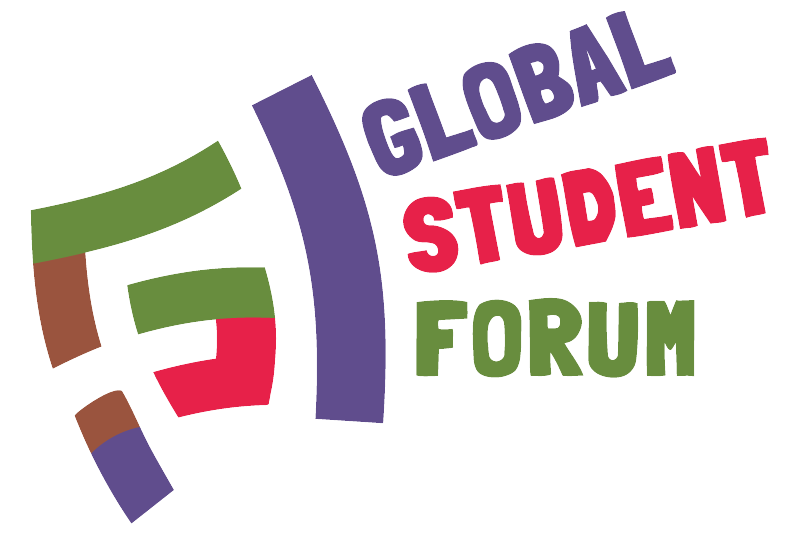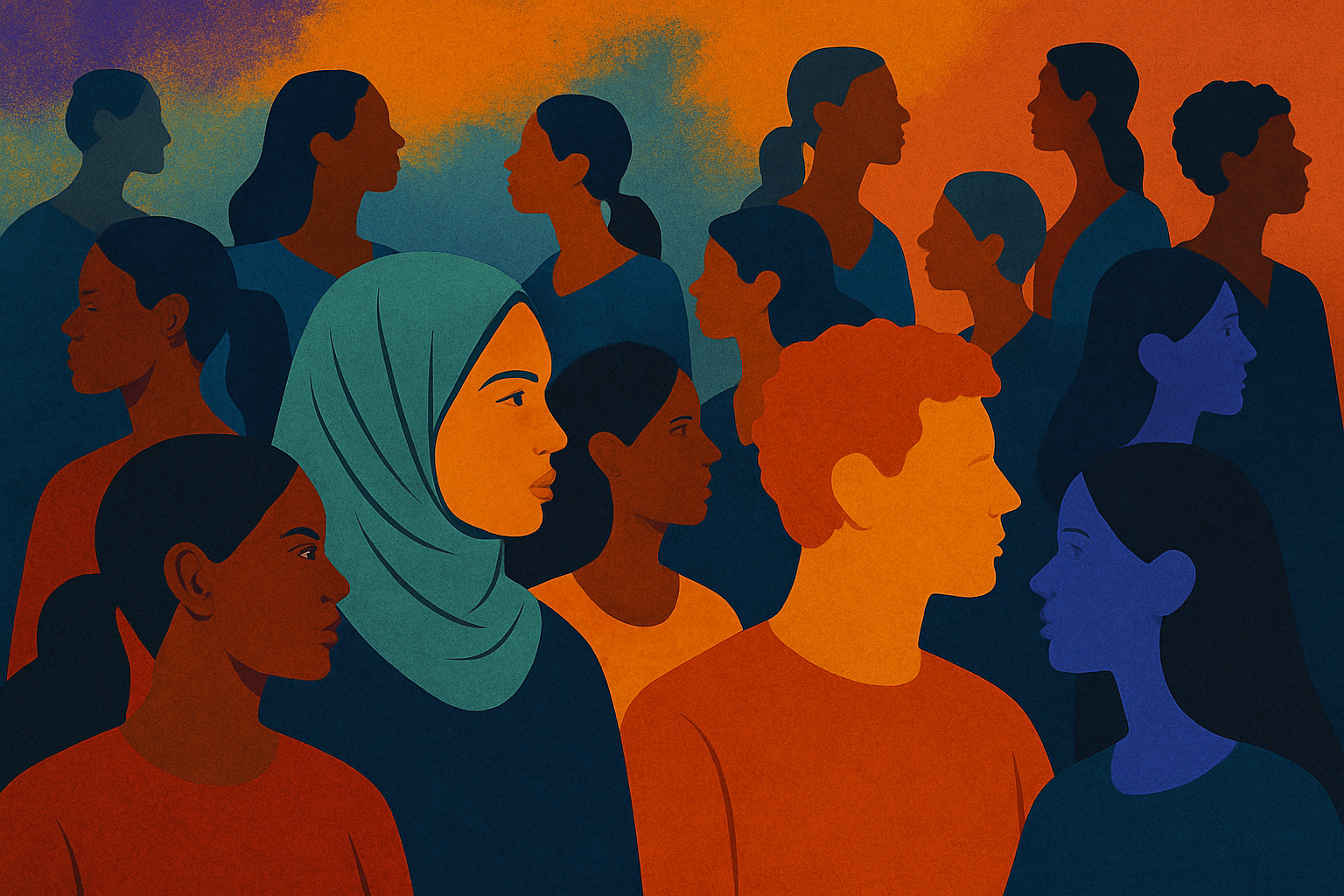This date carries the memory of 1939, when Nazi forces stormed Czech universities, killed and imprisoned student leaders, and sent hundreds to Sachsenhausen, and of 1989, when a student demonstration in Prague helped ignite the Velvet Revolution and the collapse of an authoritarian regime. International Students’ Day is therefore not only a celebration. It is a reminder that classrooms and campuses have long been front lines in wider struggles for dignity and democracy.
In 2025, we mark this day in a world that is again negotiating the meaning of justice. Only days ago in Doha, governments adopted the Doha Political Declaration at the World Social Summit, reaffirming social justice, full employment, and human dignity as foundations for development, and recognising both progress and the deep inequalities that persist. Around the summit, initiatives on education and youth empowerment showcased how access to learning, reduction of poverty, and climate resilience are interlinked, and how young people insist that we move beyond narrow economic indicators when we measure progress.
At the same time, this International Students’ Day arrives while COP30 is unfolding in Belém, in the Amazon region of Brazil, ten years after the Paris Agreement. The presence of education in this year's COP is an achievement that many students and academic communities have demanded for years. Yet, as with every multilateral process, it also raises the question of how far words spoken in conference rooms can reach into overcrowded lecture halls, underfunded public universities, and classrooms threatened by conflict and crisis.
The contradictions of 2025 are perhaps most sharply visible where students are still risking their safety to be heard. In Serbia, a year of student led protests has followed the deadly collapse of a station canopy in Novi Sad, which students have linked to corruption and negligence. Demonstrations, blockades, and campus mobilisations have grown into a wider challenge to authoritarian tendencies, met in turn with tear gas, intimidation and smear campaigns against student organisers. International institutions and human rights experts are now warning about a serious erosion of academic freedom and university autonomy in the country. The story is specific to Serbia, but the pattern is familiar to students in many places where speaking out about corruption, captured institutions or democratic backsliding carries very real risks.
From Antananarivo to Dhaka and Kathmandu, the same tensions between daily survival and political possibility are written into student mobilisations. In Madagascar, what began in late September as youth led protests against water and electricity cuts has grown into a Gen Z movement that denounces corruption and calls for a complete overhaul of political life. University and high school students have faced curfews, tear gas and lethal force, with dozens killed and many more injured, even as their actions have contributed to the dissolution of the government and opened a new, uncertain phase in the country’s history. The square in Antananarivo where they tried to gather has been a symbol of democracy since security forces killed student demonstrators there in 1972, and that continuity is not lost on the young people who now fill its streets.
Across South Asia, students and young people have been at the centre of political turning points that unfolded long before they were reflected in formal negotiations. In Nepal, a youth uprising in September 2025, fed by anger at corruption, unemployment and visible inequalities between political elites and ordinary citizens, toppled the government in little more than a day and a half, making the country the third in the region in as many years to see such a rapid shift. In Nepal this year and last year in Bangladesh, student bodies were not marginal observers to ongoing political transition; they were organisers, conveners and narrators of change, even as they absorbed violence and repression.
In the United States, the geography of student protest in 2025 has been campuses and libraries rather than central squares, yet the stakes are similarly high. Pro Palestinian encampments, hunger strikes and building occupations have demanded that universities reckon with their financial ties to the war in Gaza and with the safety and rights of Palestinian, Arab, Muslim, Jewish, and Israeli students. Protests have been met with police interventions, mass arrests, suspensions, expulsions, and federal investigations into how universities handle both antisemitism and political dissent, raising difficult questions about free expression, discrimination, and academic freedom in an atmosphere of fear and polarisation. As in many other parts of the world, student activists in the United States are discovering that the boundaries of permissible speech and assembly on campus are being redrawn in real time, and that their own education is taking place as much in the struggle over those boundaries as in their classrooms.
Across the world, students are navigating overlapping crises. The cost of living and tuition burdens are forcing many to choose between studying and survival. Digital divides continue to determine who can participate fully in academic life, even as universities and schools increasingly open for learning, administration, and assessment online. Armed conflicts and humanitarian emergencies are destroying campuses and schools, displacing students and staff, and interrupting education in ways that will be felt for many years to come. Against this backdrop, the language of high-level commitments to inclusion, social protection, and climate justice in international political forums sounds both necessary and painfully incomplete.
International Students’ Day has always been a bridge between history and the present. The students who were arrested, beaten, and killed in 1939 did not know that their resistance would be commemorated so many years later, just as many of those marching, organising class boycotts, or quietly supporting their peers in 2025 cannot know how their actions will be remembered. What connects these moments is not certainty of success, but a refusal to accept that universities and schools are neutral spaces, detached from the societies around them.
For the Global Student Forum, this day is an occasion to pause within a very crowded political calendar and to pay attention. To the students in across the world who are reimagining what courage looks like in their context. To those who bring the realities of poverty, displacement, racism, sexism, and climate breakdown into student assemblies and negotiating rooms. To those who are exhausted, but still show up for their classmates. And to those whose stories never make it into declarations or headlines, yet whose daily persistence keeps education systems alive.
This reflection is shared in that spirit, not as a position or a call to action, but as a reflection on the state of student affairs. On International Students’ Day 2025, while the ink of the Doha Political Declaration is still drying and the negotiations in Belém continue, the student movement once again must insist that social and climate justice, and the right to education and academic freedom, are not abstract themes. They are lived, contested and defended every day, in classrooms, on streets and public squares, on campuses and beyond.








